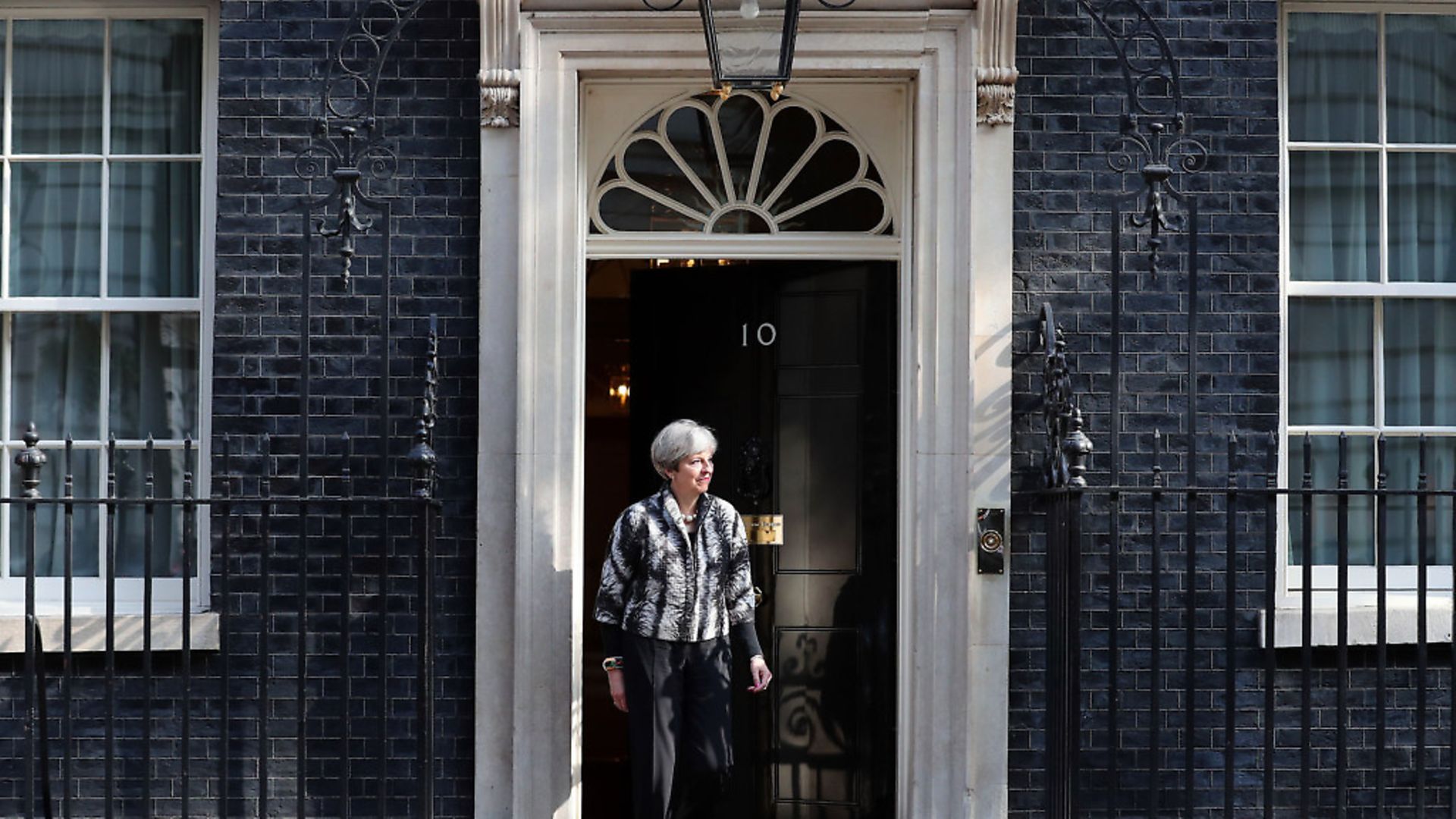
The manifestos are a few weeks away yet. But here is a look at some of the main themes already taking shape.
CONSERVATIVES
For the Tories this is going to be the Brexit election – and the manifesto is likely to outline a dreaded Hard Brexit.
Theresa May, will put her plans for withdrawing from the European Union front and centre.
They will include pledges to end the free movement of labour from the EU, withdraw from the jurisdiction of the European Court of Justice and to pull out of the single market and EU customs union – all measures the Prime Minister believes will strengthen her hand when it comes to negotiating the terms of Britain’s divorce from the remaining EU 27.
Away from the EU, the manifesto can be expected to put more flesh on May’s flagship policy of more grammar schools for England. But on other issues questions remain. The Prime Minister has said she wants to bring down immigration to ‘sustainable’ levels, but will the manifesto commit her to David Cameron’s goal of reducing net migration to below 100,000-a-year – a target the Government has consistently failed to meet?
May is under pressure from some in the party to abandon another key Cameron policy – the commitment, enshrined in law, to spend 0.7% of GDP on international aid. The Conservatives will also have to decide whether they want to continue with Cameron’s so-called ‘triple lock’ guaranteeing pensioner incomes – something Chancellor Philip Hammond already has hinted they could look at again after 2020.
LABOUR
Labour, in contrast, seem to want to make it about almost anything but Brexit – an issue the party has struggled to deal with since last year’s referendum vote. A clear strategy on leaving the EU is a must if Labour want to challenge for Downing Street but currently it is a muddle.
Jeremy Corbyn has set out a list of his priorities focusing primarily on bread-and-butter domestic issues including the creation of a publicly-owned national investment bank to help achieve full employment, building a million new homes, strengthening workers’ rights, protecting the NHS, and establishing a national education service.
There have been some specific pledges on retaining the pensions triple-lock, extending free school meals for primary pupils paid for by imposing VAT on private school fees, and increasing support for carers by reversing Conservative cuts to inheritance tax.
The party has also said it will reduce inequality in income and wealth by making the tax system ‘more progressive’ and ensuring ‘higher earners’ are ‘fairly taxed’. It has yet to spell out, however, how it intends to achieve this and it will be one of the most keenly-awaited – and potentially controversial – sections of the manifesto.
On Brexit, the party has – after some agonising – ruled out a second referendum and says any new deal should deliver the ‘exact same benefits’ as membership of the single market. They should have gone after the 48%.
LIBERAL DEMOCRATS
Like the Conservatives, the Liberal Democrats are keen to focus on Brexit – but for exactly the opposite reason. As the leader of the most consistently pro-EU party, Tim Farron sees the election as a chance to rebuild support from among the 48% who voted Remain in the referendum after their hammering in the 2015 general election. The party believes Britain should stay in the single market and will make big play of its promise of a second referendum once the terms of Britain’s departure have been agreed.








